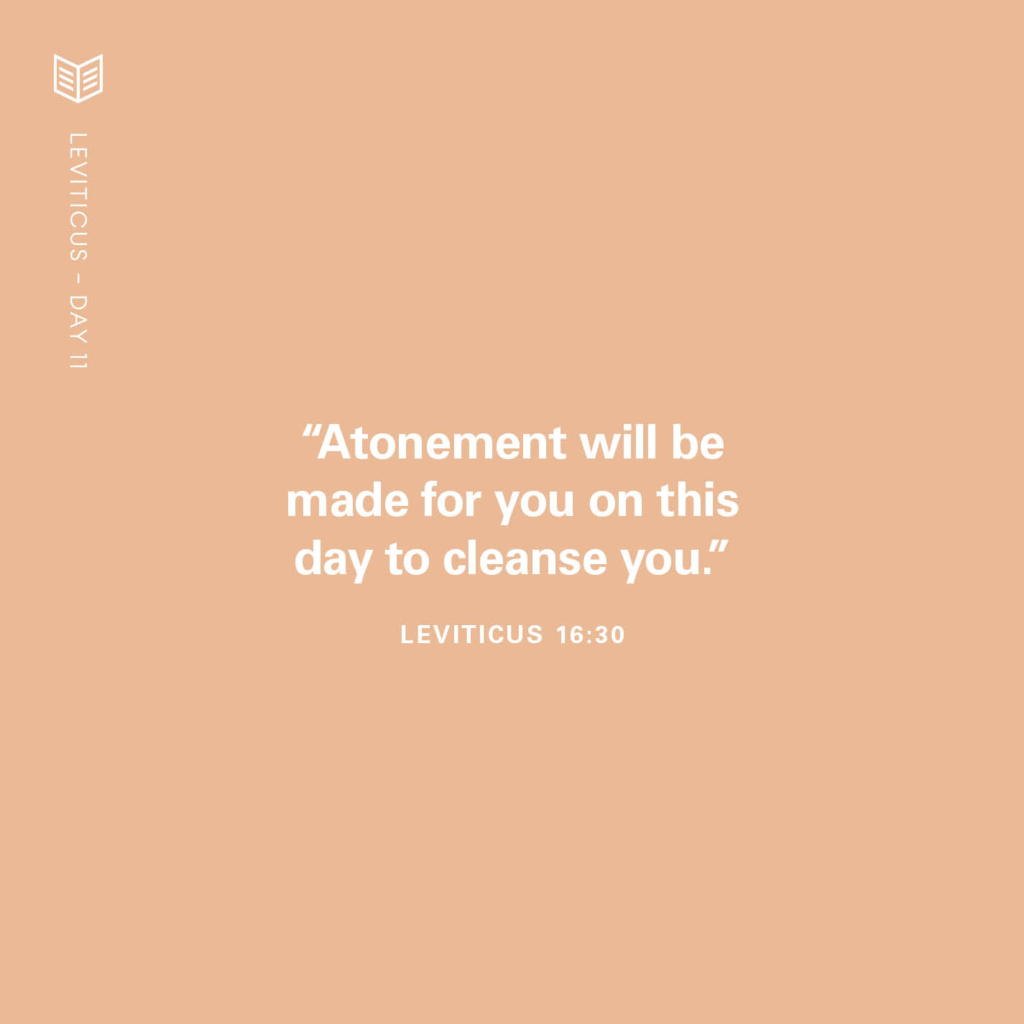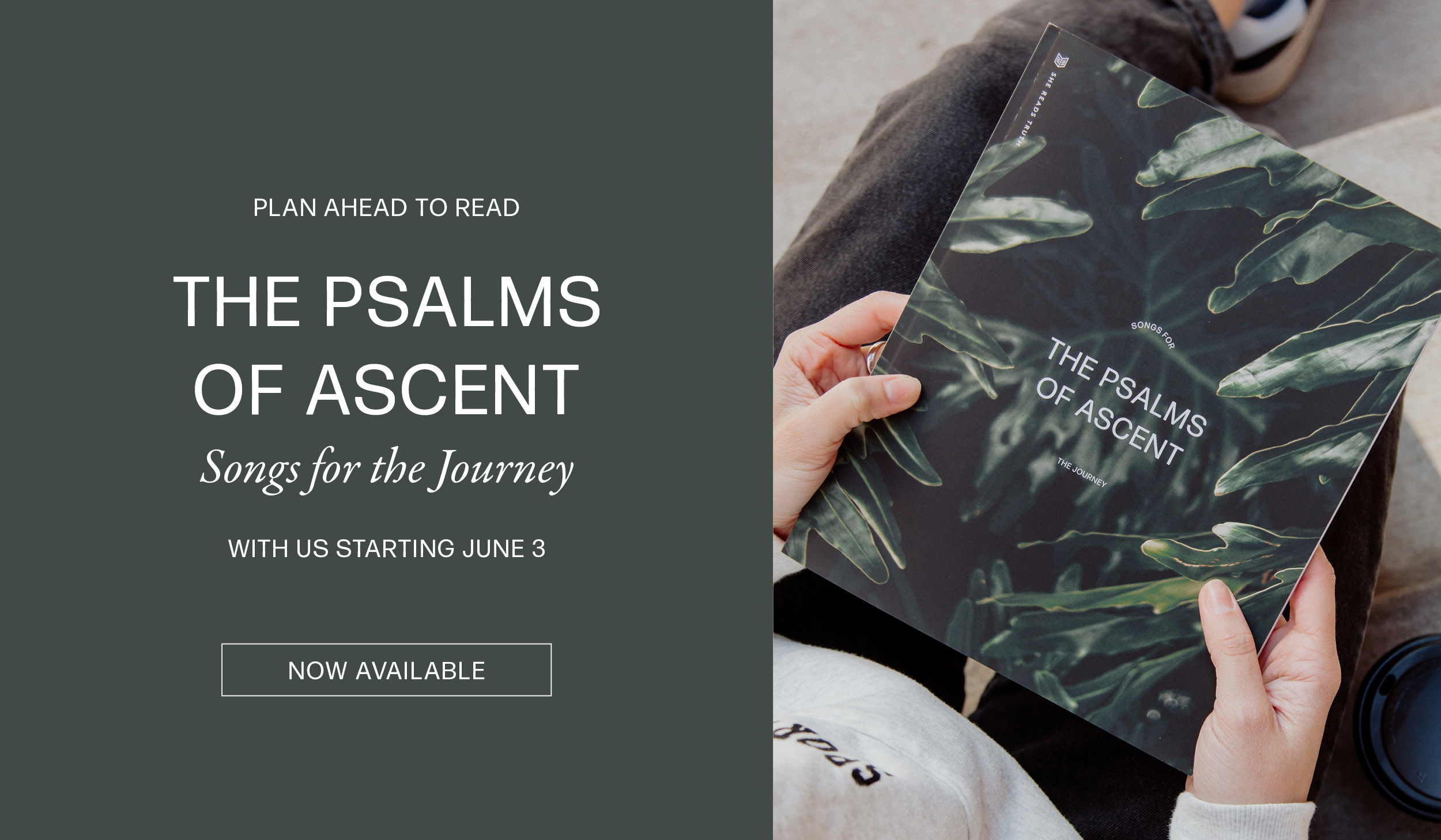“Vasovagal syncope” is typed at the top of my friend’s chart. This tongue-twisting term warns medical personnel that she faints at the sight of blood. If she gets a blood draw or even a finger prick, her vision fades and she breaks into a cold, clammy sweat. You know where this is going. Loss of consciousness and collapse. How curious that the sight of blood causes such intense, visceral reactions.
Let’s follow this curiosity into the center of the book of Leviticus where we find God’s plan for the Day of Atonement. To understand this annual holy day, we remember that Israel had a big problem—sin. Ever since humans rejected attachment and relationship with God by disobeying Him (Genesis 3), there had to be separation between God and His people. As darkness is destroyed by light, so sinful people cannot survive in the presence of a perfect God. Sin had to be dealt with—atoned for—if God was going to dwell among His people in the tented temple.
Here’s the good news that weaves through the Bible: God had a plan to conquer sin. He knew it was impossible for the Israelites to overcome this deadly dilemma on their own. But God made the way. “Atonement will be made for you on this day to cleanse you, and you will be clean from all your sins before the LORD” (Leviticus 16:30). God established the annual Day of Atonement to heal His people’s sin sickness so they could abide with Him.
The Day of Atonement was full of grace, but it was also full of blood. God instructed the high priest to perform specific rituals: multiple animal deaths, blood drained, blood sprinkled, blood-smeared. The stark reality could not be missed: reckoning with sin required bloodshed and death.
I may not faint at the sight of blood, but I recoil at the thought of these bloody rituals. But we dare not gloss over the gruesome scene. We’re meant to experience a visceral reaction; we’re meant to feel the horrific truth about the effects of sin. There is nothing small or subtle about it. Conquering sin calls for an all-out assault. “For the life of a creature is in the blood…it is the lifeblood that makes atonement” (Leviticus 17:11). Do I realize what sin causes and costs? What a bloody mess.
You know where this is going. The bloody sacrifices performed every year on the Day of Atonement culminate in Jesus offering Himself and pouring out His own lifeblood to cleanse us from our sins. His sacrifice did not need to be an annual endeavor. Jesus, the perfect sacrifice who rose to life despite suffering a bloody death, was the only One who could destroy sin and say, “It is finished” (John 19:30).
Jesus’s gruesome crucifixion transformed into His glorious resurrection and leads us to grateful praise as we declare, “Look, the Lamb of God, who takes away the sin of the world!” (John 1:29).



Jennifer I am praying for your mom this morning over here in California.
Reading Leviticus, the “I love a spotless home” in me just thinks about all this blood everywhere. And is it clean afterwards, or let to dry? All the crazy questions have come to mind, but reading today’s devotional has brought it full circle. Yes my questions still come but they’re not that important because of the significance of the blood and sacrifices— how it all brings it forward to Jesus: the price to forgive sin is blood. And what an amazing love that, God knowing we couldn’t do this alone, made himself human in the form of His son Jesus, to be the sacrificial lamb to the sins of the world. And with his action “the curtain of the temple was torn in two, from top to bottom.” This is one of my most favorite verses in the Bible. Many people gloss over it, but it always stops me in my tracks because at that moment Jesus opened a direct line of communication with God for all of us. How wonderful is God’s love. Thank you Father, thank you Jesus, for loving us so much.
Amen Churchmouse, AMEN!
Hi ladies. I’ve had some pretty rough days of anxiety the last few days. It’s exhausting. My long-distance relationship is the biggest contributing factor to my anxiety and sadly my boyfriend has told me he cannot support me in the way that I need him too, which really hurts. We’re taking a break until Saturday, but I don’t think this relationship is serving or benefitting either of us in this season. I’m surrendering it at the feet of Jesus. My heart is broken. I’m angry with God why He would bring someone who seemed so good into my life just to have it end like this. But even in my hurt and my anger and my sadness, God still meets me here. He never leaves me nor forsakes me. He will provide. He is the only hope I have. I truly appreciate your prayers <3
How beautiful that “on this day, atonement will be made for you” (Lev. 16:30) was as much a prophecy as it was an instruction, since Jesus was crucified as our perfect sacrifice on the Day of Atonement.
How the Day of Atonement reminds me of Jesus’ sacrificial death:
1. On the Day of Atonement, only one person (the High Priest) could perform the sacrifices to make atonement for himself and the people of Israel. Jesus is our Great High Priest. He is the only acceptable sacrifice to make atonement for us.
2. The High Priest had to be clothed in the holy garments and bathe before making atonement. Jesus Christ was holy and innocent, clothed in righteousness, when He made atonement for our sins.
3. A young bull was sacrificed as a sin offering for the High Priest. No sacrifice was needed to make Jesus holy. He is holy. He is perfect, without any sin.
4. A young goat was sacrificed as a sin offering for the people. Jesus, who knew no sin, became sin to make atonement for us.
5. A live young goat was a offered as a scapegoat for the people. The High Priest laid his hands on the scapegoat and confessed all the people’s sins. The scapegoat was released outside of the camp. Our modern word “scapegoat” meaning “one that bears the blame for another” comes from this ritual. Jesus died for our sins outside of the city of Jerusalem. He is our Scapegoat, carrying our sins, and dying the death we deserve.
6. The blood of the sin offering was sprinkled to make atonement for the mercy seat, the altar of incense, and the altar of burnt offering. Jesus’ blood makes atonement for us. He provided the way for us to fellowship freely with the Father. He sanctifies our prayers.
7. The High Priest offered incense before he entered the Most Holy Place with the blood of the sin offerings to sprinkle on and before the mercy seat. On the night before He was crucified, Jesus prayed for His disciples and all of His followers to come.
Praise God for he works all things for good
Praying for your mom Jennifer ❤️